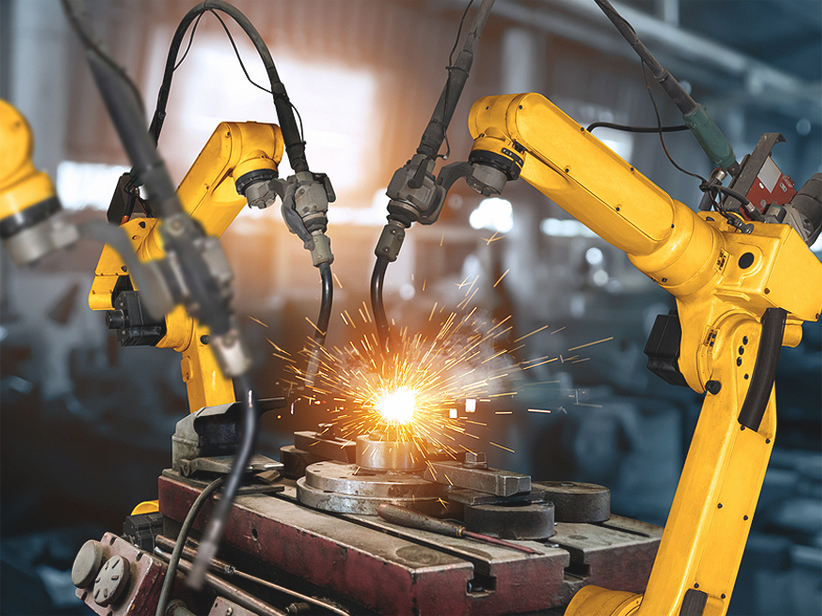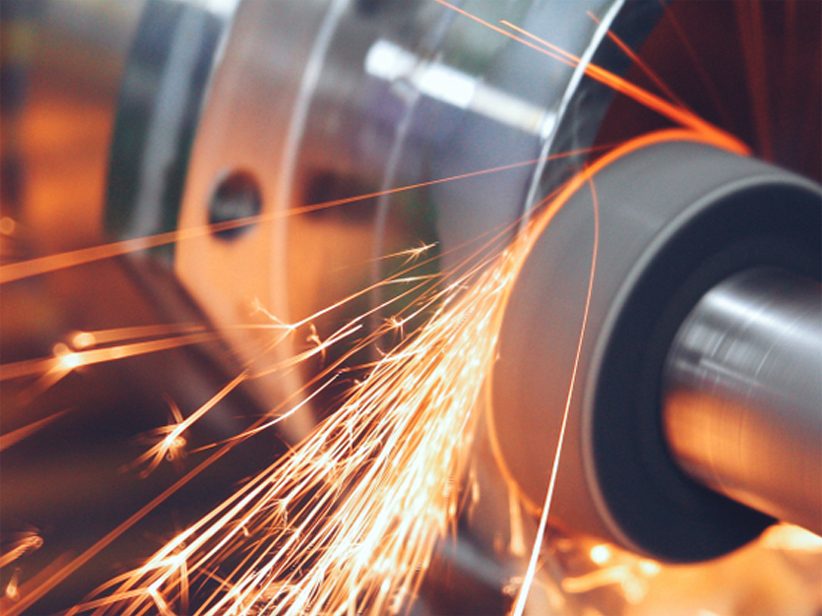Stainless Steel - Grade 304Cu / 1.4567
Description
Stainless Steel Grade 304Cu/1.4567 is an austenitic stainless steel, a variation of the standard 304 grade that includes copper as an alloying element. The addition of copper enhances the material's cold working properties, corrosion resistance, and ease of fabrication. 304Cu stainless steel offers a good combination of strength, corrosion resistance, and improved formability, making it an excellent choice for complex shapes and deep drawing applications. The grade is widely used in various industries, including automotive, food processing, and architectural applications.
Chemical Composition
- Chromium (Cr): 17.0 - 19.0%
- Nickel (Ni): 8.0 - 10.0%
- Copper (Cu): 2.0 - 3.0%
- Manganese (Mn): ≤ 2.00%
- Silicon (Si): ≤ 1.00%
- Carbon (C): ≤ 0.08%
- Phosphorus (P): ≤ 0.045%
- Sulfur (S): ≤ 0.015%
- Nitrogen (N): ≤ 0.015%
Mechanical Properties
- Tensile Strength: 515 - 720 MPa
- Yield Strength (0.2% offset): 205 MPa
- Elongation at Break: ≥ 40%
- Hardness: ≤ 90 HRB (Rockwell B)
Thermal & Physical Properties
- Density: 7.90 g/cm³
- Specific Heat: 500 J/kg•K
- Thermal Conductivity: 16.2 W/m•K at 100°C
- Melting Point: 1400 - 1450°C
- Coefficient of Thermal Expansion: 17.2 x 10⁻⁶ /°C (0 - 100°C)
- Electrical Resistivity: 0.072 Ω•m at 20°C
Other Designations
- UNS: S30430
- EN: X2CrNiCu18-9
- DIN: 1.4567
- AFNOR: Z3CND18-10Cu
Fabrication and Heat Treatment
- Formability: 304Cu is highly formable and well-suited for deep drawing, stamping, and spinning applications. The addition of copper allows for improved cold working capabilities.
- Weldability: Excellent weldability by all standard fusion methods, with or without filler metals.
- Heat Treatment: Not hardenable by heat treatment. Solution annealing should be performed at 1010 - 1120°C followed by rapid cooling to maintain corrosion resistance.
Applications
- Automotive: Fuel tanks, exhaust systems, and trim components.
- Food Processing: Equipment used in food handling and processing due to its corrosion resistance and ease of cleaning.
- Architectural: Decorative components and structures requiring formability and aesthetic appeal.
- Chemical Processing: Components exposed to mild corrosive environments.
- Deep Drawing: Ideal for deep drawing applications where high ductility is essential.
Supplied Forms
- Bars
- Coils
- Wires
Features
- Enhanced Formability: The presence of copper improves the material's ability to undergo cold working and deep drawing.
- Corrosion Resistance: Provides good resistance to a wide range of corrosive environments, similar to standard 304 but with improved resistance in certain acid-containing environments.
- Good Weldability: Easily welded using common techniques, with minimal risk of sensitization and intergranular corrosion.
- High Ductility: Excellent ductility makes it suitable for forming complex shapes without cracking or failure.
- Versatility: Suitable for a wide range of applications across various industries, making it a versatile material choice.






